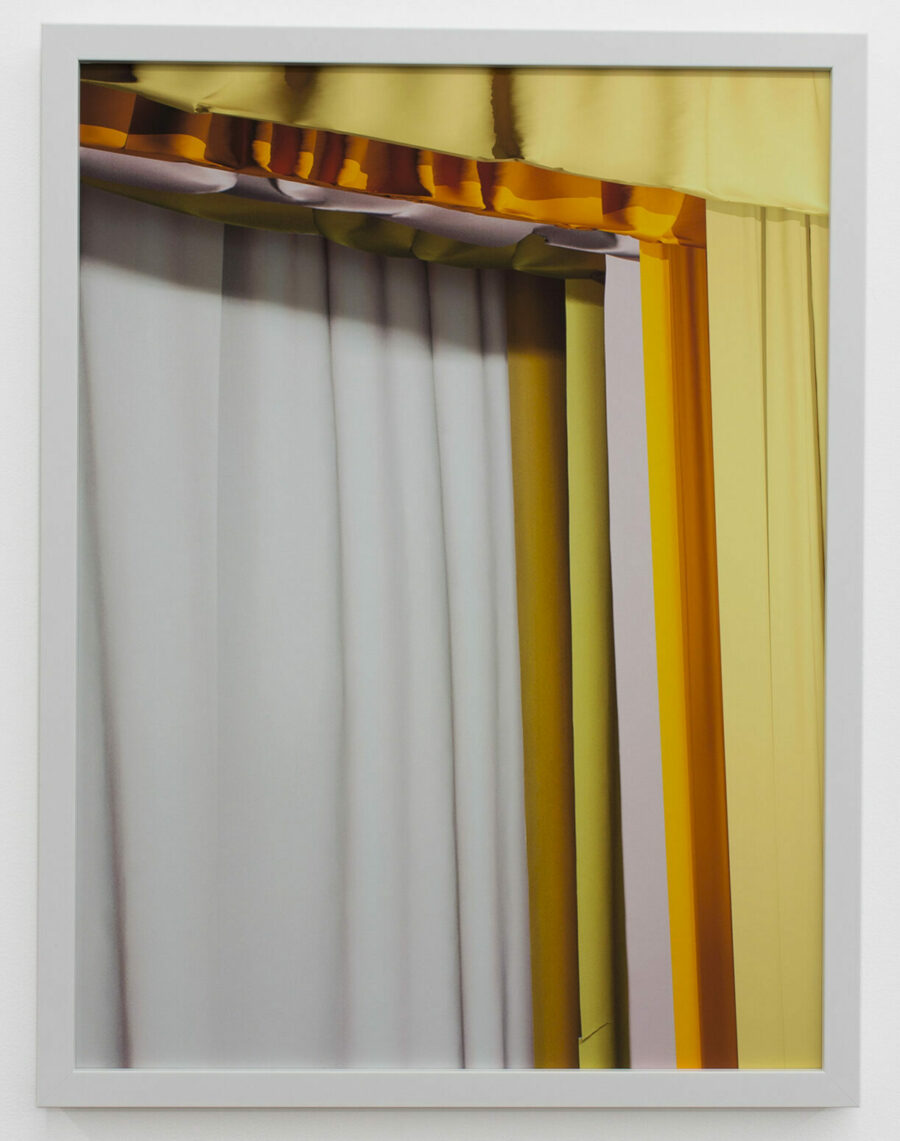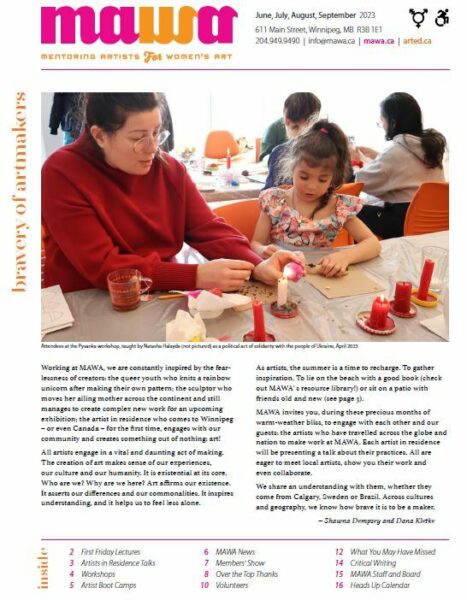
Ashley Gillanders, ...An Imitation of Truth, archival inkjet print, 2019
The advent of digital technologies has transformed contemporary photography, challenging traditional notions of photographic authenticity and expanding the possibilities of photographic production. The 2014 exhibition What Is a Photograph?, curated by Carol Squiers at New York City’s International Center for Photography, highlights the ways in which these developments have fundamentally altered the nature and role of photography in contemporary art and society. Despite having been presented nine years ago, Squiers’ argument around the shape-shifting nature of the photographic medium continues to be relevant.
The expanding definition of photography in the digital age continues to transform rapidly with AI, 3D scanning and the like, leaving the boundaries between photography and other media increasingly blurred. The works of Ashley Gillanders and Kate Steciw explore these boundaries and embrace the expanding role of what an image can be and how images can be made, ultimately leaving us asking the same question as Squiers: What is a photograph?
In the past, photography was largely seen as a medium for capturing and representing reality, with the photograph considered a document of a specific moment in time—point and shoot. However, as Squiers argues, digital technologies have transformed this understanding of photography, allowing for new forms of image-making and manipulation that challenge traditional notions of photographic authenticity. This has resulted in a blurring of the boundaries between the photographic image and reality, as well as between different forms of images such as renders, scans, and newer file formats.
By blurring the lines between real and artificial, Ashley Gillanders expands our idea of how a 2D image is created in her approach to image-making. Gillander’s practice incorporates sculpture, new media and experimental approaches to photography to explore notions of artificiality, perception and the distance between physical and virtual space. Often playing with perception, Gillanders sometimes rephotographs images in her studio to then cut up and rearrange them, playing with space and a sense of light. Her recent exhibition Mirror with a Memory, exhibited at PLATFORM centre for photographic + digital arts in 2020, explores the space between physical and virtual space, questioning what is real and what is perceived to be real. Gillanders pushes beyond the traditional context of how a photograph can be made by utilizing 3D modeling software to build images without a camera. Playing with stage curtains and mirrors in virtual/digital environments, she emphasizes the uncanny relationship these spaces have to reality and vice versa. In these built virtual environments, her process mirrors that of working in a real photo studio, again, forcing the viewer to question what is real. The render becomes the punctum, as per Barthes.[1]
Another artist pushing the boundaries of the conventional forms of photography is Kate Steciw. Steciw’s practice amplifies how digital processes can create a new medium and vocabulary for photography. As a photo re-toucher by day, Steciw mainly works with stock photography. Seeing these commercial images leads her to use similarly found imagery in her work. She manipulates it to create her own abstract constructions from found stock images. Steciw allows these found images to create their own narratives, through strange arrangements such as the pairing of a tire imprint with a blue loofa. Her images harness a state of possibility, disrupting the traditional ways we create photos. Each image Steciew creates utilizes digital gestures enacted upon existing content and visually stimulating forms. Each frame has many cut-out collaged layers. This dichotomy celebrates the disconnections between “image” and “object” that push the boundaries of traditional photographic forms.
Contemporary image builders, image makers and image takers are increasingly experimenting with new techniques, materials and concepts, incorporating other mediums such as sculpture, performance and digital technology to create works that challenge the status quo and push the boundaries of traditional photography. Looking forward to the future of photography, new forms will emerge through advancements with virtual and augmented reality, incorporating biometric and environmental data, the use of non-traditional materials, interactive and participatory experiences and, of course, artificial intelligence. As concerns around climate change continue to grow, the photo world will become more environmentally friendly, incorporating eco-friendly processes, using sustainable materials in camera production and developing new technologies that require less energy to capture and process images. As Squiers says in her exhibition essay, “There is no way to predict what new version of photography might appear, take hold and then vanish, as the next iteration takes photography by storm.” [2]
The future of photography can only challenge our assumptions about what photographs can be and do. The expanded field is not uni-directional, towards everything technically new or singularly digital. The inclusion of historical processes remains an integral part of lens-based artists' practices. In the steps toward the photographs of tomorrow, contemporary lens-based artists continue to redefine the image while we watch the form shift and evolve into its next temporal state.
[1] Punctum: The sensory effect of a photograph to a viewer. “The punctum of a photograph is that accident which pricks me (but also bruises me, is poignant to me).” Barthes, Roland, Camera Lucida. Hill and Wang, 1980. p. 25.
[2] Squiers, Carol. What Is a Photograph? International Center of Photography, 2014. p. 42.
Meganelizabeth Diamond is an interdisciplinary visual artist who works with photography, collage, new media and moving image. Outside of her personal practice she is the Artistic Director at PLATFORM centre for photographic + digital arts and the Director of the Winnipeg Underground Film Festival.

